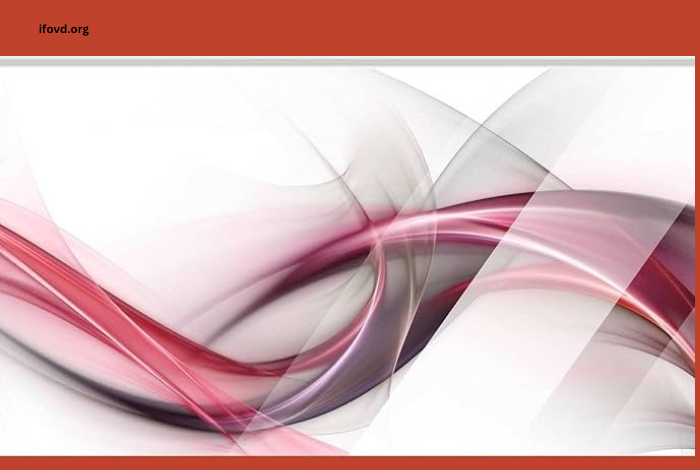Indice de Forme

In the dynamic world of design, there are numerous factors to consider, each of which plays a critical role in creating visually appealing and functional products. Among these factors, the Indice de Forme, a concept that originates from the French language, has gained increasing importance in the field of design. This measure goes beyond aesthetics and encompasses the overall form and shape of an object. In this article, we will delve into the intriguing concept of Indice de Forme and explore its significance in modern design.
The Indice de Forme Unveiled
The term Indice de Forme can be translated to Shape Index or Form Index. It is a concept that evaluates the form and shape of an object, considering both its aesthetic qualities and functional aspects. This index is used to assess how well an object’s form aligns with its intended purpose. In essence, the Indice de Forme serves as a means to measure and quantify the harmony between a design’s form and its function.
Aesthetic Harmony
In the realm of design, aesthetics hold a special place. The visual appeal of a product often determines its success in the market. The Indice de Forme takes into account various aesthetic aspects, including proportions, balance, symmetry, and harmony. A high Indice de Forme indicates that the design is visually pleasing, capturing the eye of the observer. It is worth noting that aesthetics are not limited to art and luxury products, they are essential in fields such as architecture, product design, and even user interface design.
Form and Function Integration
While aesthetics play a significant role in design, the Indice de Forme goes beyond mere visual appeal. It highlights the importance of form and function integration. In other words, a well-designed product must not only look good but also perform its intended function efficiently. This concept is particularly crucial in fields like industrial design, where usability and functionality are paramount.
The Mathematical Aspect
The Indice de Forme is not just a vague notion but a quantifiable measure. Designers and engineers use mathematical formulas and algorithms to calculate this index. Different industries and applications may have their unique formulas for assessing the form of an object. For instance, in architecture, it might involve evaluating the structural stability and aesthetic appeal of a building’s design.
Applications of the Indice de Forme
The Indice de Forme has a wide range of applications across various design disciplines. Here are some notable examples.
Industrial Design
In the realm of industrial design, the form and functionality of products are of utmost importance. Manufacturers use the Indice de Forme to ensure that their products not only look appealing but also work efficiently. This concept is particularly vital for items like consumer electronics, automobiles, and furniture.
Architecture
In architecture, the Indice de Forme plays a crucial role in evaluating the design of buildings and structures. It helps architects strike a balance between aesthetic appeal and structural integrity. The result is often iconic structures that blend seamlessly into their surroundings.
User Interface Design
User interface (UI) and user experience (UX) designers use the Indice de Forme to create user-friendly and visually pleasing interfaces for software and digital products. A well designed UI enhances the user’s experience and satisfaction with the product.
Fashion
In the world of fashion design, the Indice de Forme guides designers in creating clothing and accessories that not only look stylish but also provide comfort and functionality.
Challenges in Measuring the Indice de Forme
While the concept of the Indice de Forme is intriguing and valuable, it’s not without its challenges. Measuring the aesthetic and functional qualities of a design objectively can be a complex task. What one person finds visually appealing, another may not. Similarly, the assessment of functionality can be subjective, varying depending on the user’s needs and expectations.
The Future of Design and the Indice de Forme
As design continues to evolve, the Indice de Forme is poised to play an even more significant role. In the age of sustainability and environmental consciousness, the integration of form and function becomes crucial. Designers are expected to create products that not only serve their intended purpose but also minimize waste and resource consumption. The Indice de Forme can aid in achieving these goals by promoting thoughtful and efficient designs.
Conclusion
The Indice de Forme is a compelling concept that bridges the gap between aesthetics and functionality in design. It encourages designers to create products that are not only visually appealing but also highly practical. This concept has found applications in various design disciplines, including industrial design, architecture, user interface design, and fashion. As design continues to evolve, the Indice de Forme will undoubtedly remain a fundamental aspect, guiding designers towards creating innovative and sustainable solutions. It’s not just about making products that look good but ensuring that they work seamlessly with the world around us, making life more beautiful and efficient.



